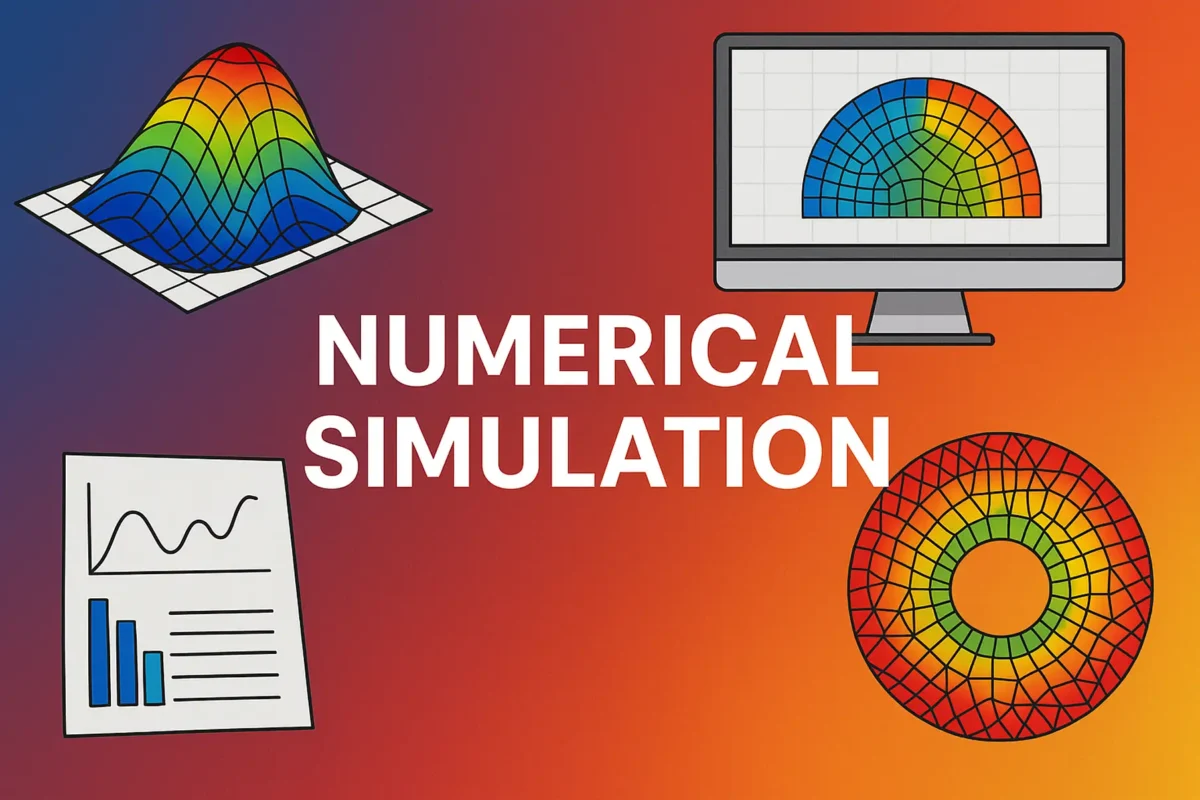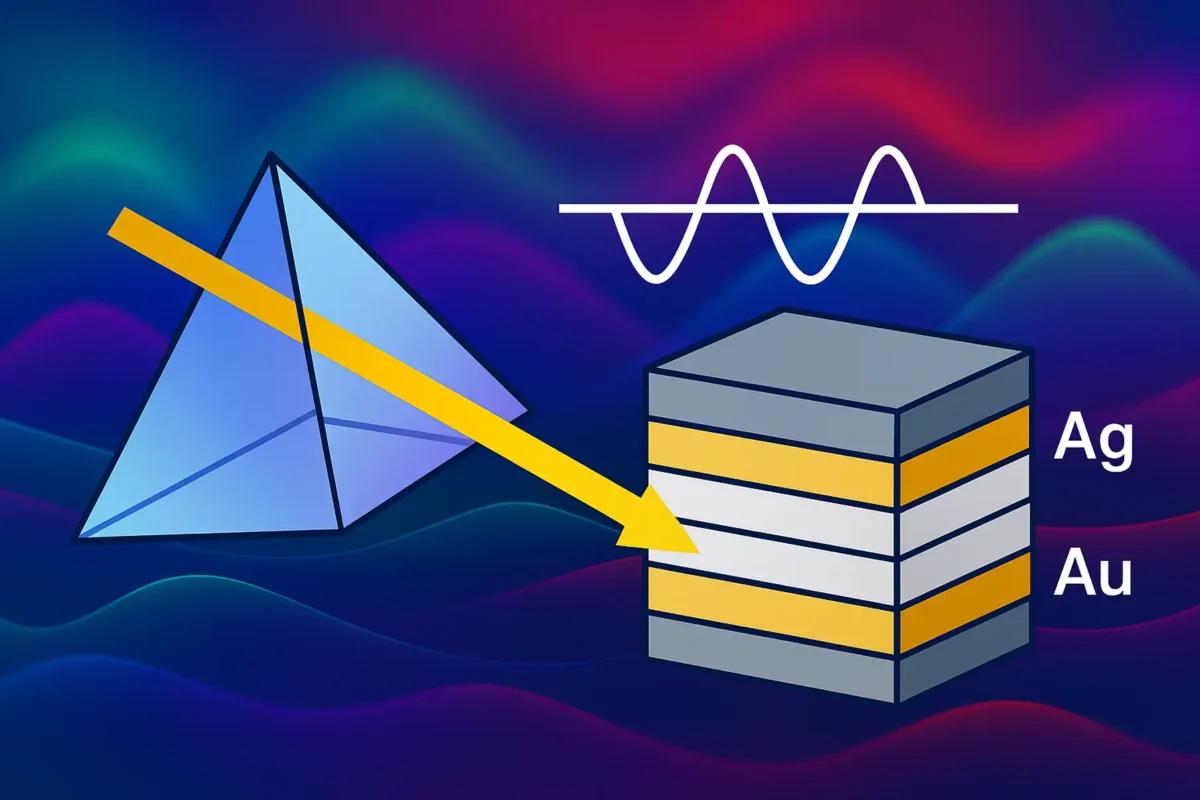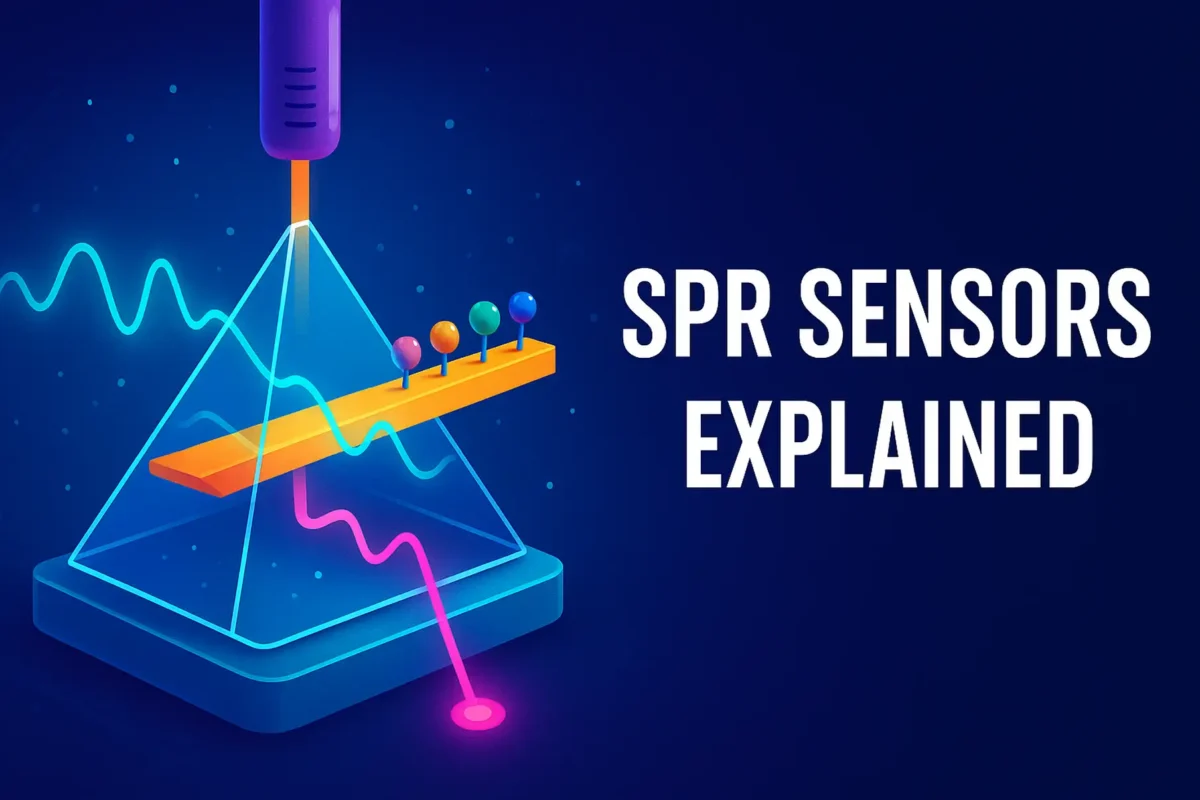Introduction In an increasingly data-intensive academic landscape, numerical simulation has become not only a methodological tool but also a core pillar of scientific discovery. Especially in the context of Q1 journals—those in the top quartile of their field by impact factor—simulation-driven research has seen exponential growth. High-impact journals now prioritize submissions with robust, validated, and […]










